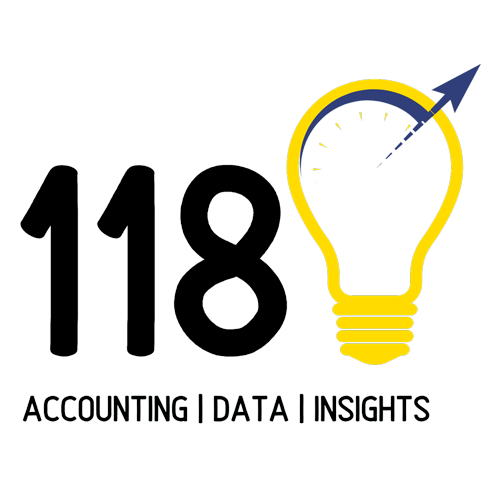Cash is king
As I explained in my last blogpost CFO 3.0 ( https://118accounting.co.za/cfo-3-0-the-118-vision-for-small-business-owners/) is the evolution of finance and accounting function where 1.0 is being able to explain what happened, 2.0 explains why it happened, and 3.0 will predict what will happen, and how to make it happen.
There is no better illustration of how your finance function can apply this concept than on your bank account.
We all know that cash is the lifeblood of all businesses, without liquidity businesses will wither and die. However, while most accounting is done on the accrual basis, too many businesses are flying blind on the issue of cash flow.
The basic proposition of this blog is that every business deserves a better understanding of cash and liquidity so that you are able to blend that information into your daily decision making of what to focus on, i.e. what happened, why did it happen, what do we want to happen, let’s make it happen.
Cash flow forecasting
I find that budgeting and forecasting is often an annual event and before the process is complete the information is already out of date. Periodic or rolling forecasting is the better method to adopt, and with the cloud accounting tools available these days, the process is far simpler. With Xero connected to your bank account, and with your bank being updated daily, the forecasting tools can connect to you bank data, and assist you in easily analysing past trends to predict future trends. Access to this information will enable you to then put action plans in place to maximise your cash position. Again, what do we want to happen, let’s make it happen.
Demystifying the link between profit and cash
Understand your Cash cycle – The first step to demystifying the link between profit and cash is to understand your cash cycle. In principle, the profit that you make should equal the increase in the cash in your bank, right? Well not entirely, if your sell on credit, and buy from your suppliers on credit, then your debtors and creditors are going to muddy the waters. But if you boil the problem down to first principles, then it is really not that complicated. Start by getting your finance team to explain your businesses cash cycle to you, and these insights may reveal problems that you weren’t even aware of.
Days cash on hand – Take your current bank balance and divide by your average daily expenses, this will give you the numbers of days it will take for you to run out of cash, if you don’t sell and collect anything more from your customers.
Working capital – Working capital is also known as “the cushion” you have in your company. You almost always want this to be a positive number, known as a positive working capital position. Your current assets and your current liabilities on the balance sheet are assumed to be sources and uses of cash to run your day to day operation. Having a positive number here shows that your business generates enough cash to sustain its own daily routine.
Debtor process reviews
What your insights above may reveal is that you may have customers that are not paying you on time. In my experience Non-payment generally falls into 3 categories:
- Your customers are unhappy about some product or service related issue
- Your customers internal processes are preventing payment from being made
- Your customer is in financial trouble
Enter the debtors process review. If your finance team haven’t implemented some form of debtors process review, then I would recommend this gets done with a matter of urgency. Whilst debtors are often considered to be exclusively the domain of finance, lack of business involvement in the collection process will have a big impact on cash flow problems. Customers that are not paying you because of product or service related issues is a sign that something is not working in your business and viewing your business from the lens of your debtors book can often be a wake-up call. Giving visibility of the information is just the start though, what remains is a workflow process, that needs to be managed with military precision to ensure that cash gets collected. There needs to be clear allocation of accountability, of who in your business is responsible for what, and then disciplined action around agreeing to actions to resolve the problems, and activity in resolving problems, which should lead to customer happiness, and cash rolling back into your bank account.
In conclusion
Cloud tools like Spotlight forecasting make it easier than ever to deploy. The seamless connection to Xero means that your finance team can spend more time analysing and interpreting the data, and assist you in making the rights decisions to keep the cash rolling into your bank account


